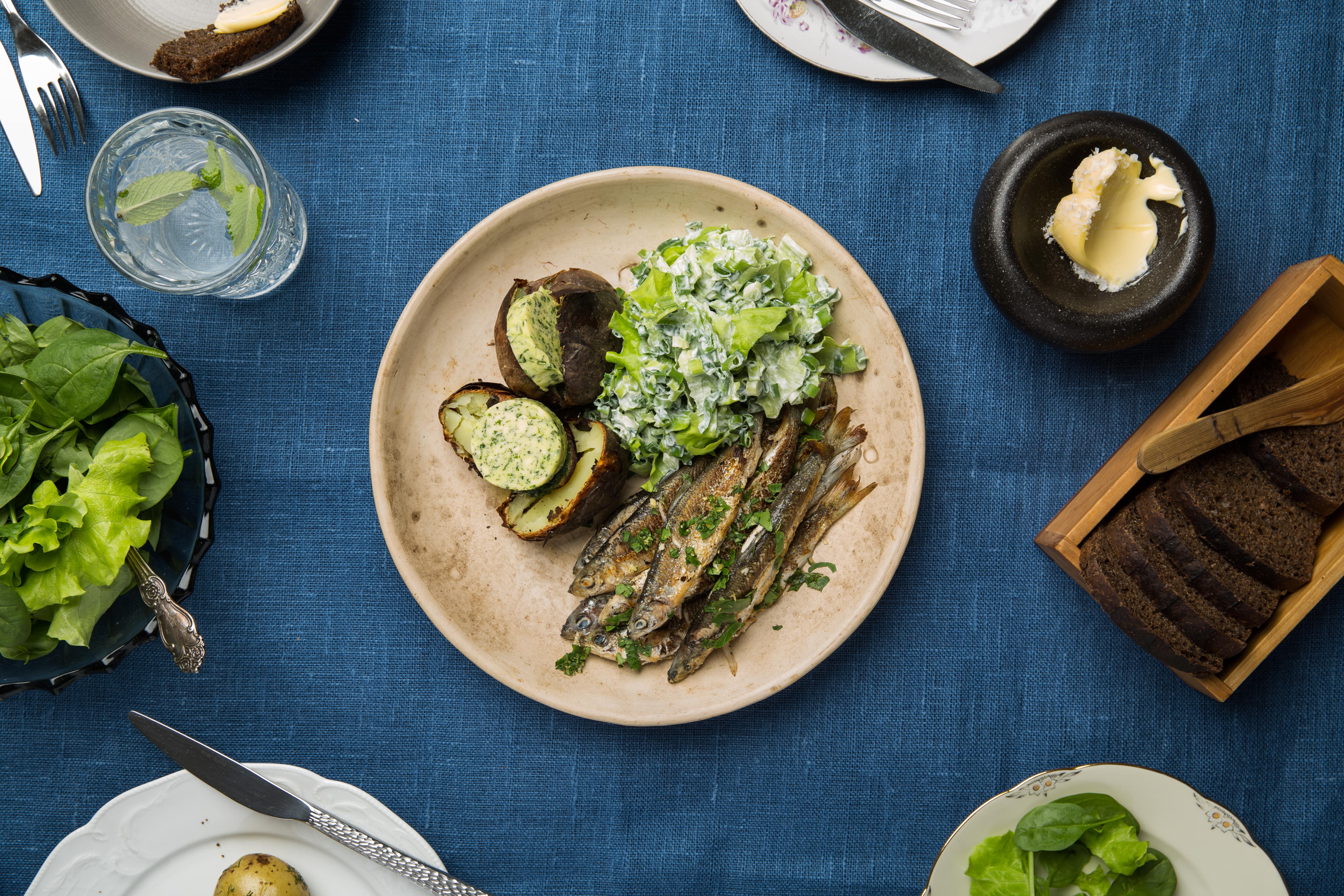
A tour of Estonia's regional flavors
Every corner of Estonia has its own culinary traditions based on local ingredients harvested from forests, fields, lakes, rivers, and the Baltic Sea.
Because Estonia is so compact, food traditions travel quickly, yet you'll find typical dishes vary by region.
For example, fish in all forms — smoked, grilled, pickled, or fried — can be found almost everywhere around the country, thanks to a lengthy coastline and extensive network of rivers and lakes. However, dishes from the western islands often feature the bounty of the Baltic Sea, while freshwater fish from Lake Peipsi are more often found on plates in South Estonia.
Read on to find what to eat (and where to eat it) in every region of the country.
In and around Tallinn
Estonian cuisine has changed enormously since the Middle Ages, though some of the best flavors have been preserved in Tallinn's magical Old Town.
Here are a few suggestions for taste-based time travel:
- Marzipan has been made in Estonia since the Middle Ages. Stop by Maiasmokk Cafe to taste this almond and powdered sugar confection.
- Olde Hansa's menu includes dishes featuring bear and wild game prepared according to 15th-century recipes.
- Since 1476, Town Hall Pharmacy has produced and sold claret — a strong drink made of red wine and spices.
Two other quintessential Estonian products are also produced near Tallinn: Saku beer and Kalev chocolates.
Beer has been brewed in Saku for over 200 years. Stop by the brewery for a tour and tasting. Kalev chocolates have historical ties to Maiasmokk Cafe, though they are now made in a large factory about twenty minutes outside of Tallinn. These iconic sweets can be found at grocery stores and factory shops around the country. It's an easy way to take a taste of Estonia home with you!
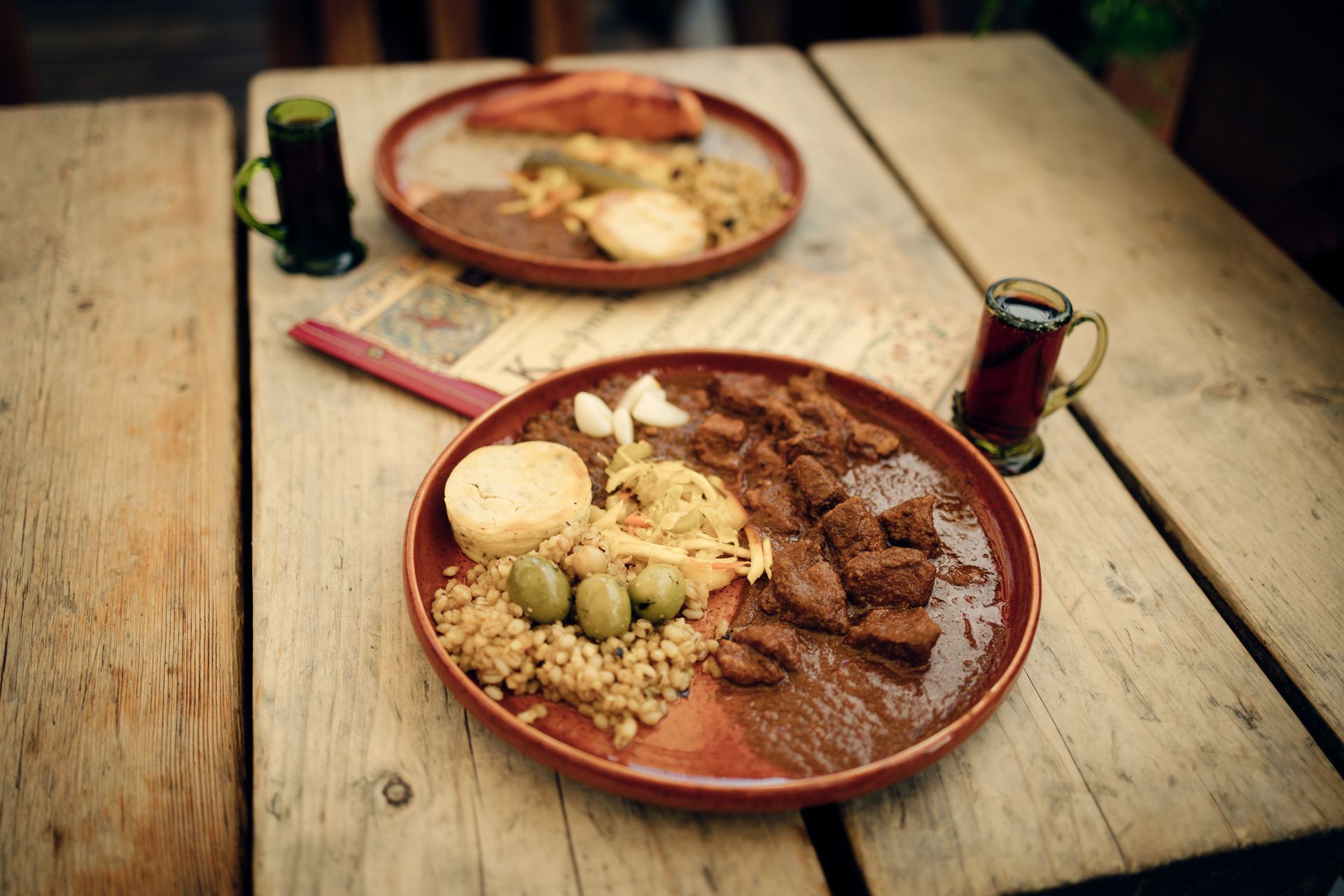
Source: Karl Markus Antson
South Estonia
The Old Believer communities along Lake Peipsi and the Seto people in the far south have developed their own unique food traditions.
- While traveling the Onion Road, stop at the Samovar House for an onion pie guaranteed to make you reconsider this humble vegetable.
- In Setomaa, Maagõkõnõ, the home restaurant of Toomemäe Farm, the most popular dishes are fish cakes made from local pike, warm cottage cheese, and homemade ice cream. Owner Sirje has also won many awards for the best pie during Seto Kingdom Day!
Kolm Sõsarat, located on the outskirts of Karula National Park, recently received a MICHELIN Green Star. Their seasonal seven-course dining experience uses the freshest, highest-quality local ingredients.

Source: Priidu Saart
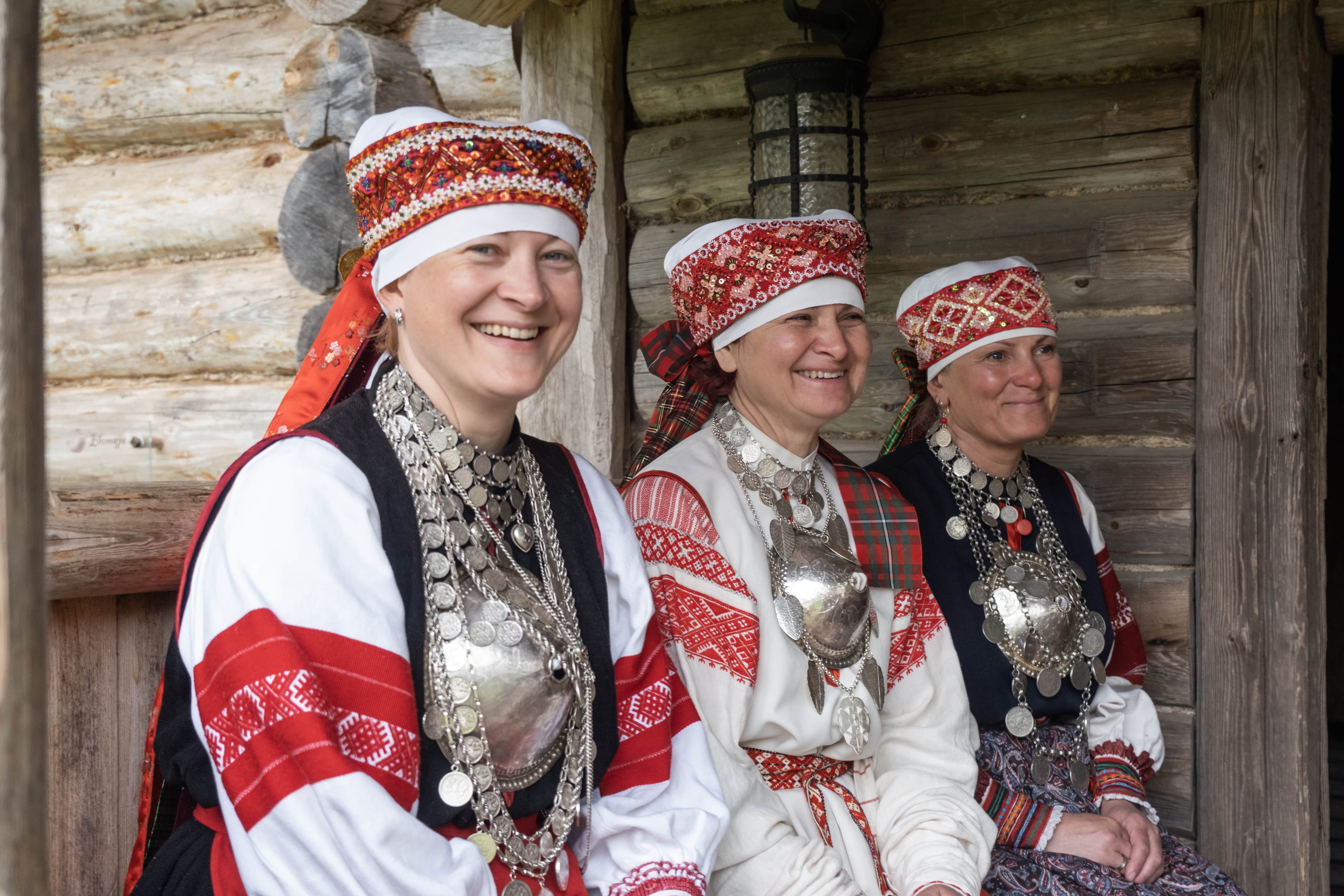
Pärnu and West Estonia
Cider and wine
- At Valgeranna Veinitall, you can learn more about Mamm&Frukt craft wine production and taste some of their popular fruit wines.
- Tori Cider Farm is the largest organic cider and organic wine farm in Estonia. There you can learn how berries and fruit, which mainly come from around Soomaa National Park, are turned into cider and wine.
- Allikukivi Veinimõis produces berry and fruit wines in the historical mansion of the manor's factory manager.
- Jaanihanso Cider House makes cider from Estonian apples. The cider is pressed on the spot in late autumn and then ages in the bottle, just like champagne.
Fish
- Sauga Fishing Village has a riverside café with fish from local fishermen and meat from Estonian hunters.
- Dirhami Fish Cafe stays true to its name by featuring fish that have been historically important to the diet of Western Estonians.
- AaBlu Restaurant is not only a place to eat; they offer accommodation and fishing packages with a guide in Lääne and Harju Counties.

Source: Rivo Veber
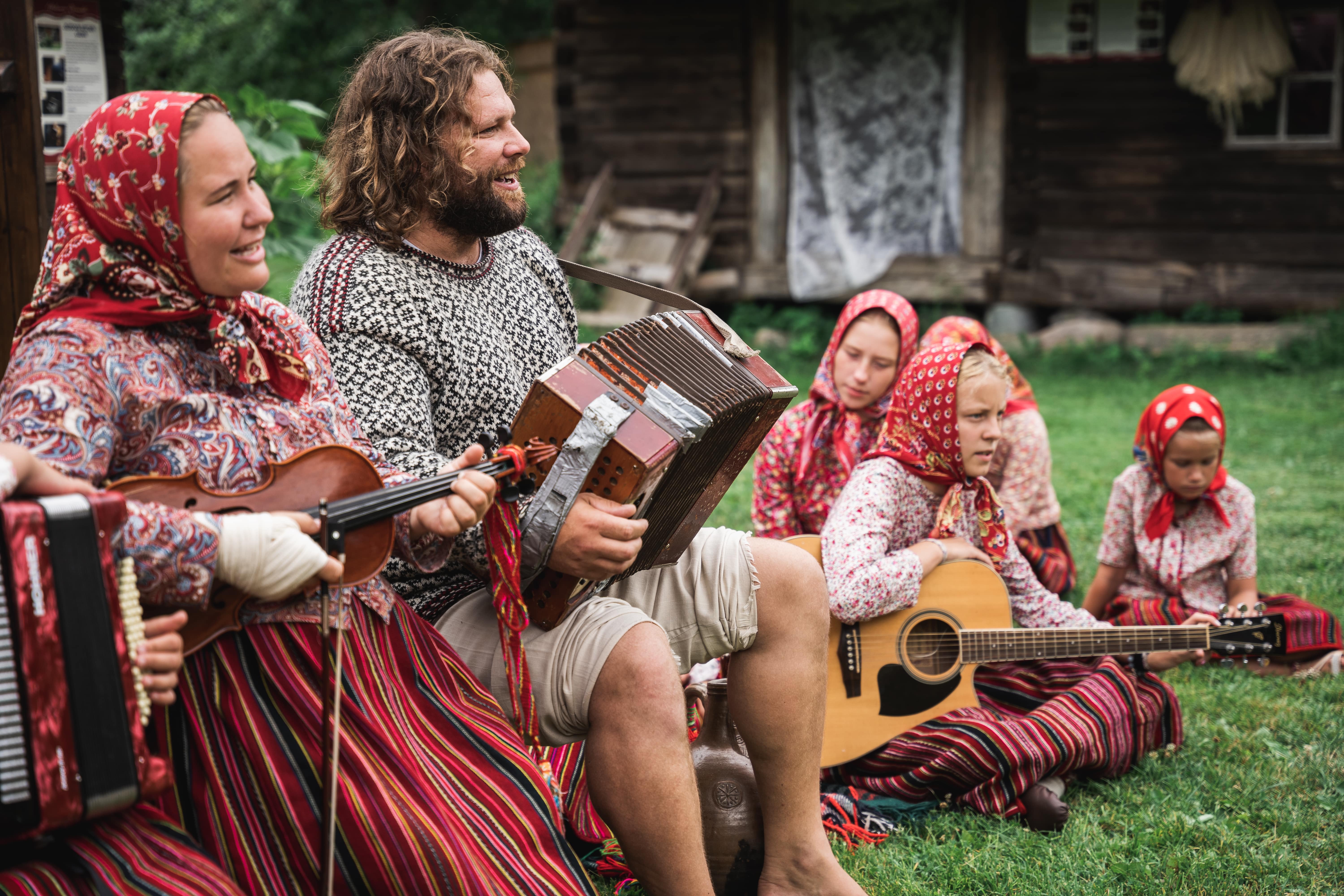
Saaremaa and Muhu Island
Shopping tip: In Kuressaare's Auriga Keskus, there is a store that only sells products with the "Saaremaa Ehtne Toode" label, which indicates the product's origin and ensures it has been made on Saaremaa or Muhu Island.
- Restaurant Alexander values local traditions and the versatile flavors of Estonia's four seasons. Their nine-course Island tasting menu showcases regional cuisine.
- Juniper syrup is still made using traditional methods at Kadaka Koja. The flavorful syrup includes nuts, berries, herbs, and spices and is said to promote vitality and health.
- Every day, the menu at Ku-Kuu includes fresh fish, bought that morning from the market or local fishermen. Come and enjoy the catch of the day.
- Located in an old church school, Lümanda Tavern offers delicious farm food. The menu features tuhlipuder ja nott and pannileib, two traditional dishes featuring potatoes and smoked meat.

Source: Priidu Saart
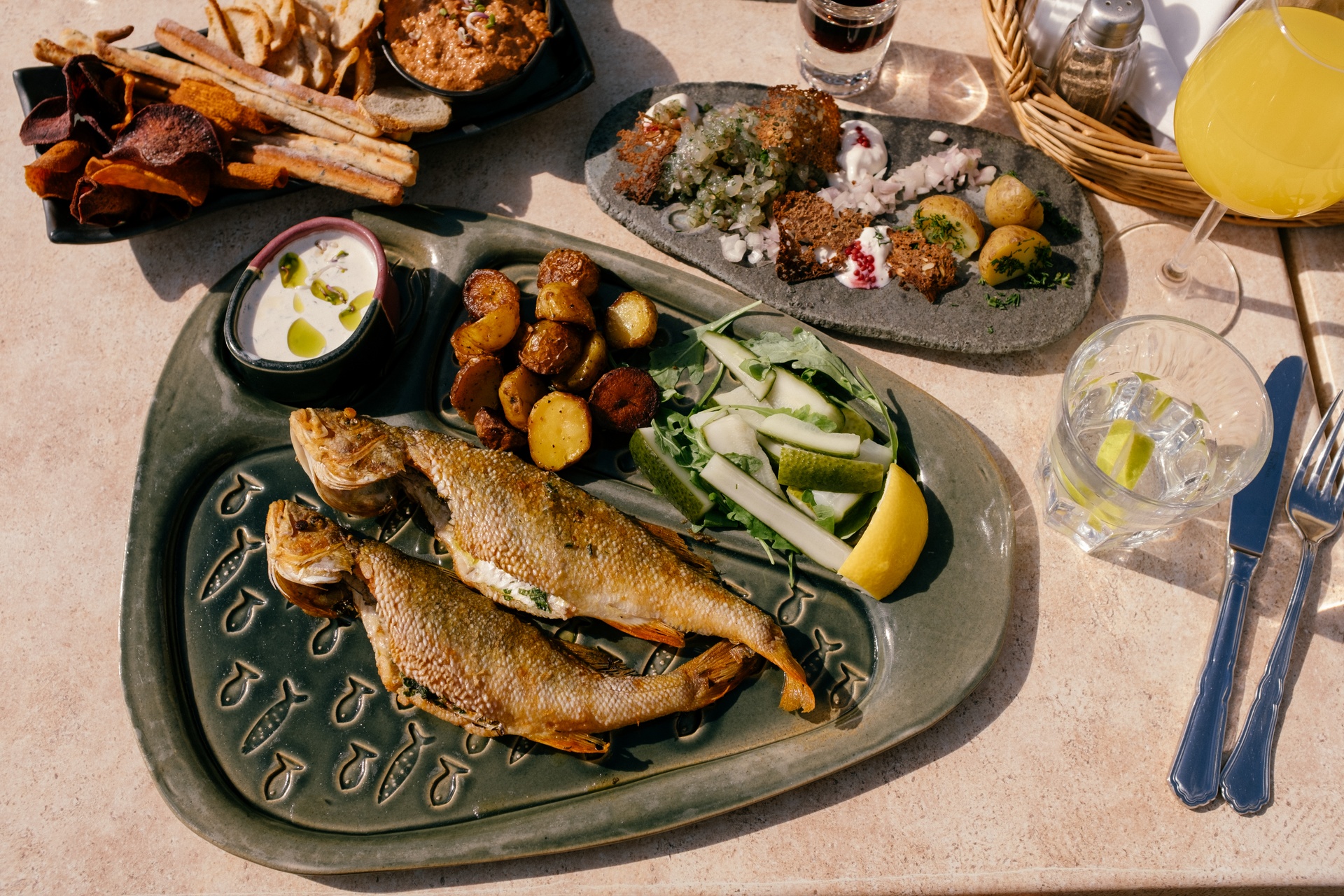
More on where and what to eat in Estonia
Every season has something special — and an extra season gives you extra time to see it all.
Expert tip: Exploring off-season will help off-load the pressure.
Last updated
01.11.2024